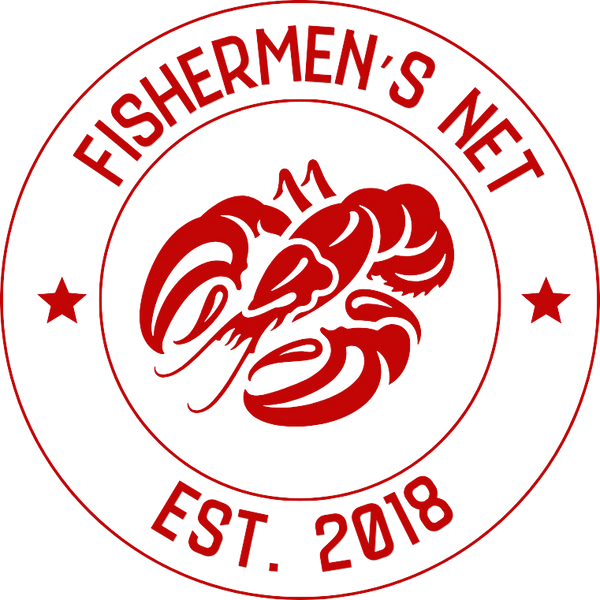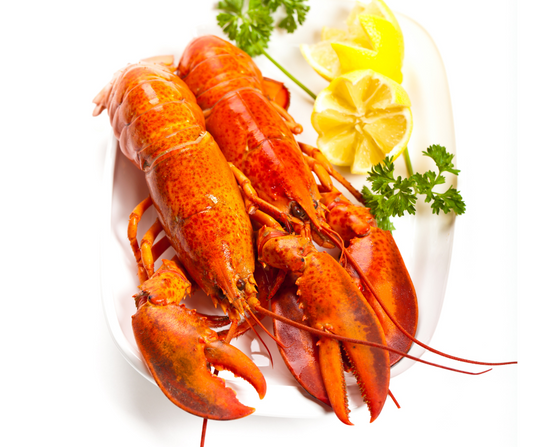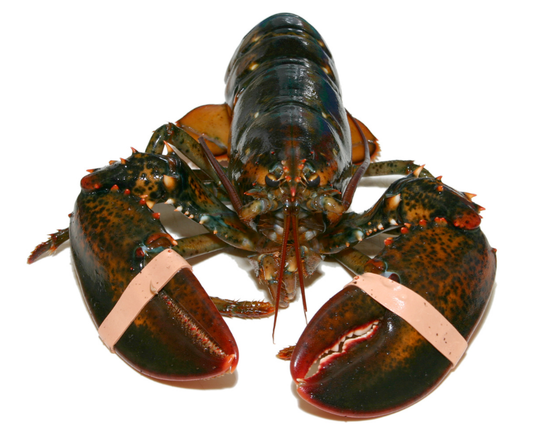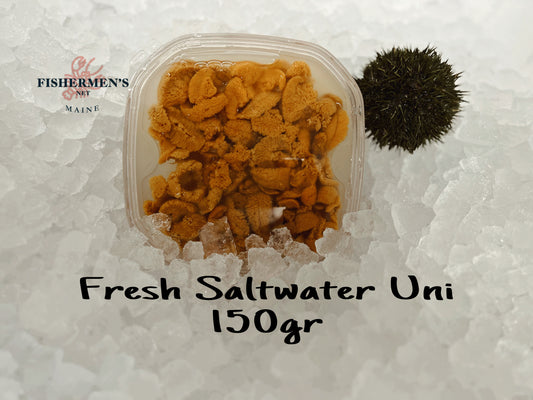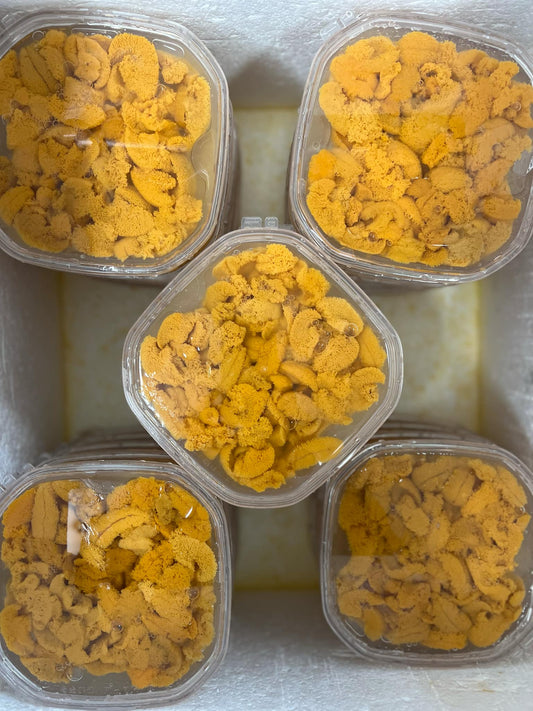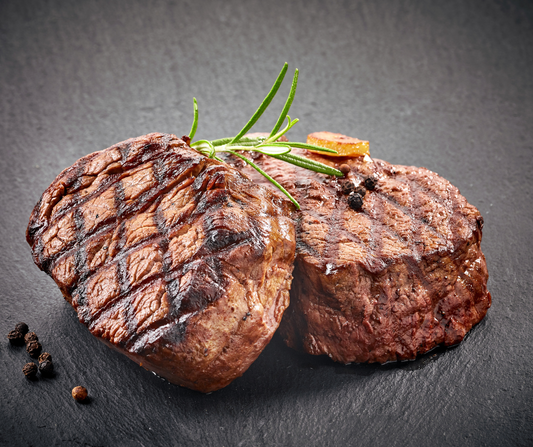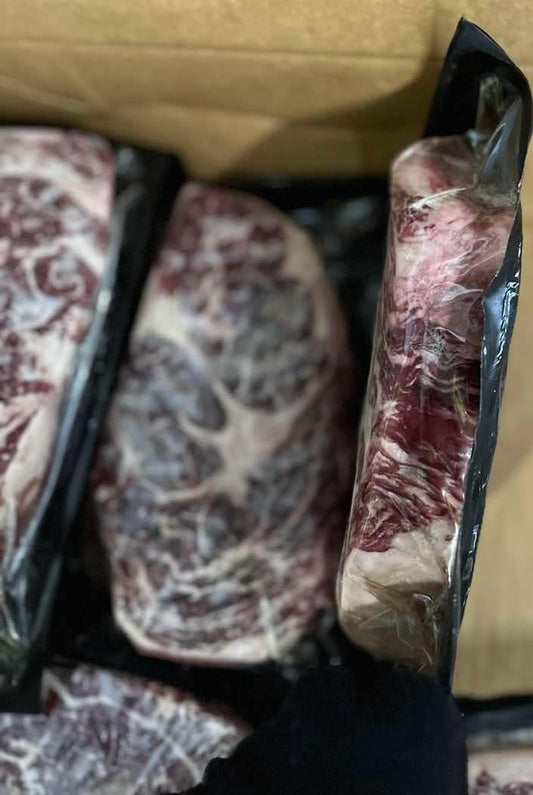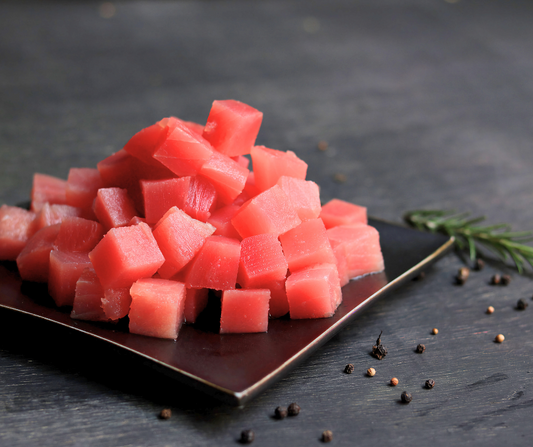If you are a seafood lover, you must have known oysters and enjoyed them. Looking at its appearance, you will just think it is an ordinary sea animal, but the interesting oyster facts will amaze you. Although small, this animal can contain the secrets of the ocean floor. Sometimes it even has a strong survival ability that makes you admire it. What interesting facts do oysters have? Follow this article to find out more oyster facts and information!

Page Contents
- They Have Superb Water Purification Ability
- Oysters Grow into Communities Living Together
- Spring Is The Breeding Season Of Oysters
- Waves Breaking Oysters
- You Can't Only Eat Oysters In "R" Months
- Oysters Create Beautiful Pearls
- Reef Is Slowly Recovering
- Oyster's Life Is At Risk In The World
- Creative Ideas for Oyster Houses
- Mother Oysters Don't Like Acidic Environment
- Harvest Oysters Correctly To Protect Other Species
- There are Five Large Oyster Farms in the US
- Need Knife And Bacon When Enjoying Oysters
- Oil Can Kill Oysters
- Trust Your Charm
- Recyclable Oyster Shells
- Oysters are Vegetarians
They Have Superb Water Purification Ability
Many studies have proven that an adult oyster can filter 50 gallons of water per day. If you can't imagine how much 50 gallons of water is, that's enough for you to shower for 10 minutes.
The way oysters filter water is quite simple, and this is also a way to help them find food every day. Oysters will suck water through their gills with tiny hairs. Plankton, seaweed or other impurities will be trapped in the gills by the mucus. Many marine microorganisms will follow the mucus transported to the oyster's mouth and become food.
Oysters have completely removed dirt and excess organisms in the water through that process. Oysters are like water purifiers for a better marine environment. With large oyster reefs, about one acre can filter 24 million gallons of seawater per day.
Oysters Grow into Communities Living Together
Oysters are bivalve mollusks, but they do not live singly like some species of the same family. Oysters usually live in large reefs or beds. This characteristic of oysters is mainly due to their reproductive behavior. They thrive next to each other by bonding through the outer shell.
The vast oyster reefs can become home to hundreds of other sea creatures such as seahorses, sea anemones, etc.

Spring Is The Breeding Season Of Oysters
Spring comes, causing the water temperature to warm up, is the right time for oysters to spawn. At this time, both male and female oysters will release numerous eggs and sperm into the water, which can amount to millions of eggs and sperm.
When eggs and sperm meet, they form combinations that develop into larvae that drift along the ocean currents. These microscopic larvae will drift and fortunately cling to some hard surface to develop.
These oyster larvae can attach to the shell of another oyster or even the shell of a dead oyster in the ocean to continue to survive. After a while, they will turn into small oysters or spats.
Waves Breaking Oysters
One thing that you rarely realize is the breaking ability of oyster reefs. When you look at oysters on the dining table, you won't be able to associate them with breaking waves. In practice, however, large oyster communities can do this well.
Some coasts with large oyster reefs become the best natural barrier to large waves. Oyster reefs can block 70 to 90% of the energy of large waves, helping to reduce erosion or flooding.
Large oyster reefs also save the local community a lot of money to build bulkheads or rip-raps. One study found that 100 miles of the oyster reef can save millions to hundreds of millions of dollars in building erosion protection at the coast.
You Can't Only Eat Oysters In "R" Months

Oysters contain many nutrients such as zinc, calcium, vitamin C, omega3, protein and iron
There is a rule that oyster eaters often refer to as the "R" rule. It means that oysters should only be eaten in the months with the letter "R". Many people find this rule incorrect, but many believe in it.
The truth we want to tell you is that you don't need to follow this rule when eating oysters. Oysters contain many nutrients such as zinc, calcium, vitamin C, omega3, protein and iron. It supports the immune system and body development. The cholesterol content in oysters is also quite low, so we don't have to worry too much about it.
Oysters Create Beautiful Pearls
Oysters are a type of bivalve mollusk. There are many types of oysters, some of which can produce pearls. Oysters commonly used for food belong to the family Ostreidae, while pearl oysters belong to the family Aviculidae.
Like some other animals make pearls when a grain of sand gets inside the shell, they cover it with mother-of-pearl. Over a long period of time, the mother-of-pearl layer becomes more and more beautiful, creating beautiful pearls.
Reef Is Slowly Recovering
Due to natural and human impacts, many oyster reefs have been destroyed. To make oyster reefs thrive again, many restoration projects are underway in the United States.
Thanks to the efforts of the projects, the growth of oyster reefs have increased by 212%. The marine life on these oyster reefs grows and becomes more abundant.
Oyster's Life Is At Risk In The World
Natural oyster margins are a wild habitat; however, they slowly disappear. Overfishing, overfishing and environmental pollution have degraded oysters' quality of life.
Oysters are easy to grow, even growing very quickly under normal conditions. However, they are very easy to die when affected by the environment or humans. The survival of oysters is increasingly threatened if destructive fishing continues.
Creative Ideas for Oyster Houses
There are many different ways to create a new home for oysters and restore coral reefs. Remediation projects will include measures to create additional oyster habitats. One of the more popular remediation projects has included the construction of more rocky shores or adding grass to create a 'spat set' for the oyster larvae to develop.
A variety of improvements will create oyster hatcheries. After a period of vigorous development, it will form huge oyster reefs.
Mother Oysters Don't Like Acidic Environment
A mother always wants her children to grow up healthy and survive. However, seawater contains too much acidity that will cause the oyster larvae to die early. Some other types of oysters will not grow or form shells in an acidic environment.
Unfortunately, the oceans absorb more and more CO2, causing the chemistry in the water to change. Since then, many oceans have become more acidic, making it difficult for many oyster larvae to live.
Harvest Oysters Correctly To Protect Other Species
Harvesting oysters is a very exciting stage. However, if you are an oyster harvester, you need to do the right thing to protect the surrounding ecosystem. Many experienced people share catching oysters with a dredge or tong as the best option.
Fishing should only be in accordance with the set amount and should not be overfished or destructive. Improper harvesting not only puts oysters at risk of extinction but also hurts other species.
There are Five Large Oyster Farms in the US
In addition to oysters living in the wild, it is also farmed in the West, East and Gulf Coasts of the United States. Different types of oysters also inhabit oyster reefs.
Crassostrea Gigas is a widely farmed species of oyster due to its relatively good meat quality. Crassostrea Virginia is an oriental oyster that occurs in abundance in Florida and throughout Mexico. Ostreola conchaphila is abundant on the west coast.
Need Knife And Bacon When Enjoying Oysters
The truth is that you only need a knife or bacon to enjoy oysters. A small knife and the right pair of gloves help you get all the oysters in the easiest way.
Whether grilled, steamed, or cocktail dishes can become delicious dishes. With a knife and gloves, George Hasting became the national oyster shelling champion.
Oil Can Kill Oysters
Polycyclic aromatic hydrocarbons can damage gamete's larval embryos and kill young or even adult oysters. This was demonstrated after an oil spill occurred at sea in the Gulf of Mexico. Unexpected oil spills at sea pollute the environment and reduce the number of oysters significantly.
Trust Your Charm
Many people discuss that oysters can be aphrodisiacs in men. However, there has not been a scientific study that proves oysters can increase male libido until now.
Oysters contain phosphorus and zinc that help increase human endurance and testosterone production. Researchers have discovered that a bivalve related to oysters has the ability to stimulate testosterone and sperm. That type of mussel contains two rare acids, D-aspartic acid and N-methyl-D-aspartate. However, it has not been linked to sexual arousal. Maybe you should reconsider this word of mouth!
Recyclable Oyster Shells
You will be quite surprised by the ability of oysters to reproduce and recycle. Oyster shells can develop into new oysters after a while in the sea. You can throw oyster shells into the sea to experience this interesting fact.
In fact, oyster shells can contain a lot of oyster larvae or 'spat'. It's just that they're so small you can't see them. If the shell is not heat-treated during cooking, it will grow into large oysters if you throw it back into the sea.
Oysters are Vegetarians
Oysters are vegetarian animals. As noted above, oysters filter seawater and feed in it. Oysters usually only eat microalgae that exist in seawater. They do not feed on marine life like some other bivalve molluscs.
Conclusion
Oysters are delicious seafood and you certainly wouldn't expect it to contain so many secrets. A simple oyster can create many great things. Hopefully, through our sharing, you can see all about the oyster. Oyster interesting facts will help you better understand this seafood species!
- Website: www.mualobster.com
- Address: 36 Bath Rd, Brunswick, ME 04011, USA
- Tel: +1 (207) 844 8343
